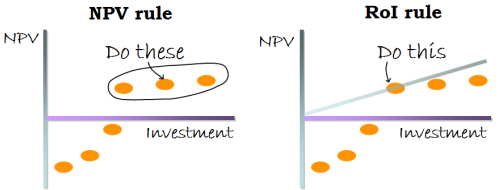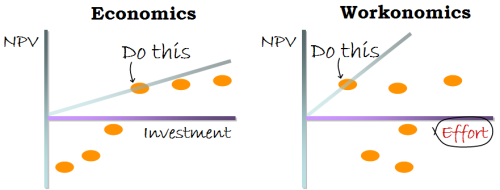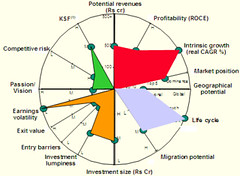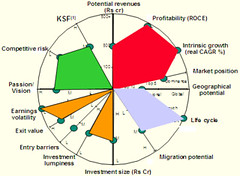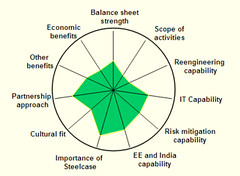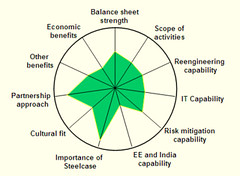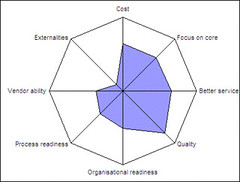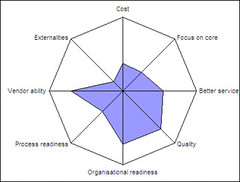The courage to be honest
Some months ago, I was working with a client who wanted to set up a website with social commerce elements. (That’s Web 2.0 in fancy words.) They only seemed to have a very rough idea of what they wanted, so asked them right at the start of the meeting: "Why do you want social commerce?"
Their answer was interesting, and one that I had not expected. They said, "We want to project the image of an honest an open organisation."
Hmm. Fair enough.
So we went on with the meeting, discussing what they could do with blogs, how commenting would work, and so on. The main thing was to open up the site for the bank’s customers to talk freely.
At some point, one of the client’s team indicated that profanity and abusive comments would need to be filtered out, so moderation becomes important. "We don’t want to become liable for content that is on our site."
Fair point. While discussing that, another chipped in, saying "True. We will also need to monitor negative comments. We don’t want our site to have negative comments about our products."
A brief silence.
Many nods.
And the conversation continued.
I was too stunned to butt in immediately. But after a few minutes, I raised the point about negative comments. "You want to project the image of an honest and open organisation. If you filter out comments that say anything bad about you, how are you going to achieve that?"
They thought for a short while, and someone said: "Yes, the users will probably find out about it."
You can’t project an honest image unless you are honest. That means being honest about the good as well as the bad. Honesty is irrelevant for good news — no one lies about good news. Are you honest when delivering bad news? That requires courage.
This is worrisome. Someone saying "We don’t want negative comments" is a bit of an issue. But also worrying is their reason for why not. I had hoped that it would be "That’s not what an open an honest organisation does". Instead, it was "The users will probably find out about it."
This sort of behaviour stems from insecurity. It’s what keeps us late at work, not want to be the first to leave. It’s what makes us say "Yes" to things we would really rather say "No" to.
I remember a time when we were making slides late in the night. I finished mine quickly, and took printouts for the project leader to review. He word-smithed it on paper, I typed it back in, and took a printout again. (Yeah, he could’ve edited it himself. But…) And when all of that’s done, I’m still waiting, not wanting to "leave the team behind". I’m a team player after all.
It’s like drugs. You want to fit in. Be a team player. If the team’s doing it, you do it too.
These days, I’m the first to leave from work. Sometimes, it’s late when I leave, but I’m always the first to leave. And it hasn’t made any difference. At least not that I can tell.
A lot of the fear is in the mind, frankly.
There also was a time when I couldn’t say "No". When I left BCG, I spoke to a partner during an exit interview about how I wanted to work less hours. He thought the problem was more fundamental.
"Anand, knowing you, you’re the kind of person that will end up working hard no matter where you are. So will the move really make a difference?"
"The difference, James, is that here I’ve set up an expectation of saying ‘Yes’. I’ve gotten into the habit, and I’ve gotten others into the habit. At least in a new place, I’ll have a fresh start and set new expectations."
That’s happened, fortunately. These days, I consistently say ‘No’. With some folks, it’s easy.
"Anand, would you be able to help out with this?"
"No, sorry." (with an "please excuse me" smile on my face.)
Some people still scare me, though. (These are the aggressive Type A personalities that it is my occasional misfortune to come in contact with.) And when it does, I lie.
"Anand, we need this proposal out by Monday. Could you help out over the weekend?"
"Sorry, have plans for the weekend. I’m visiting a cousin at Brighton."
No, I don’t have a cousin at Brighton. I’m just scared to just say, "Sorry". It didn’t matter, though. The fear is real, but it still is only in your mind.
It’s the same with businesses. We’re collectively scared to admit something’s wrong with us, or that we can’t do something. I went for a meeting with a partner recently. The client mistook us for operations consultants. (We’re IT consultants.) So he asked us what operations experience we have. Our response should’ve been "None. We’re IT consultants."
Instead, our response was "Oh, we have several years of experience in the organisation. We’re this, we’re that, we’re great."
I don’t think we’d have been thought less of if we’d said "None". And we were found out in the next meeting anyway.
It’s the same about opening up to negative comments. If somebody makes a negative comment, it’s okay! Not that many people care. Hushing it up makes it worse (like for instance with BA and Virgin recently). Lying about it might work, but only for a while. The real problem with lying not that you might get caught out — it’s that you’ll get into the habit and in the long run, will get caught out.
For me, the best cure for this sort of fear is the firm belief that the world cares a lot less about us than we think. It’s okay to be a loser. No one cares but us. But it’s less okay to be a liar.
